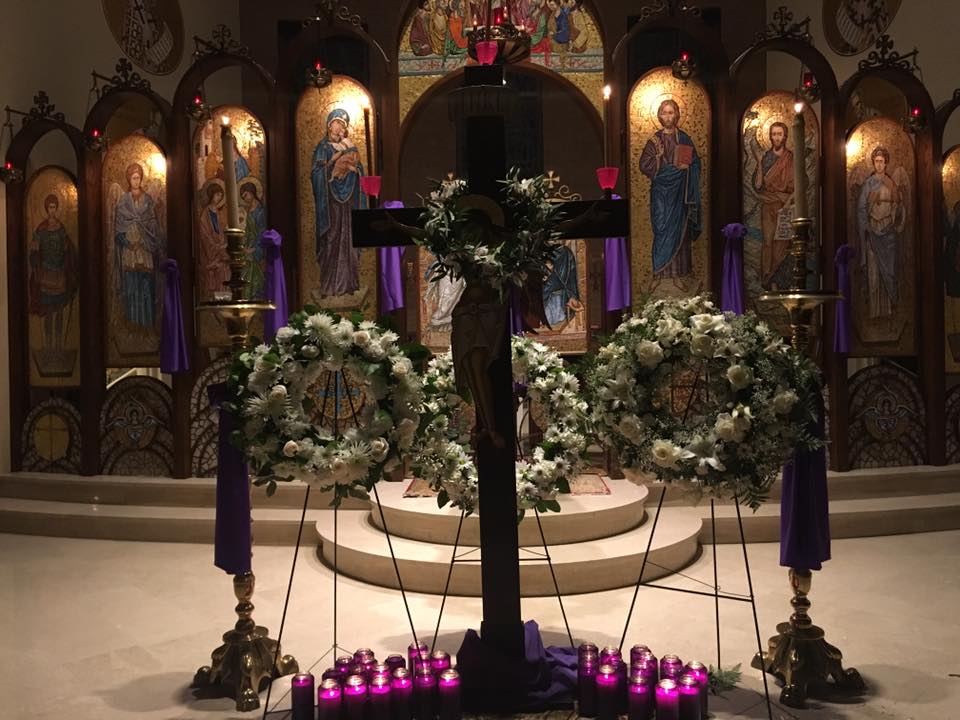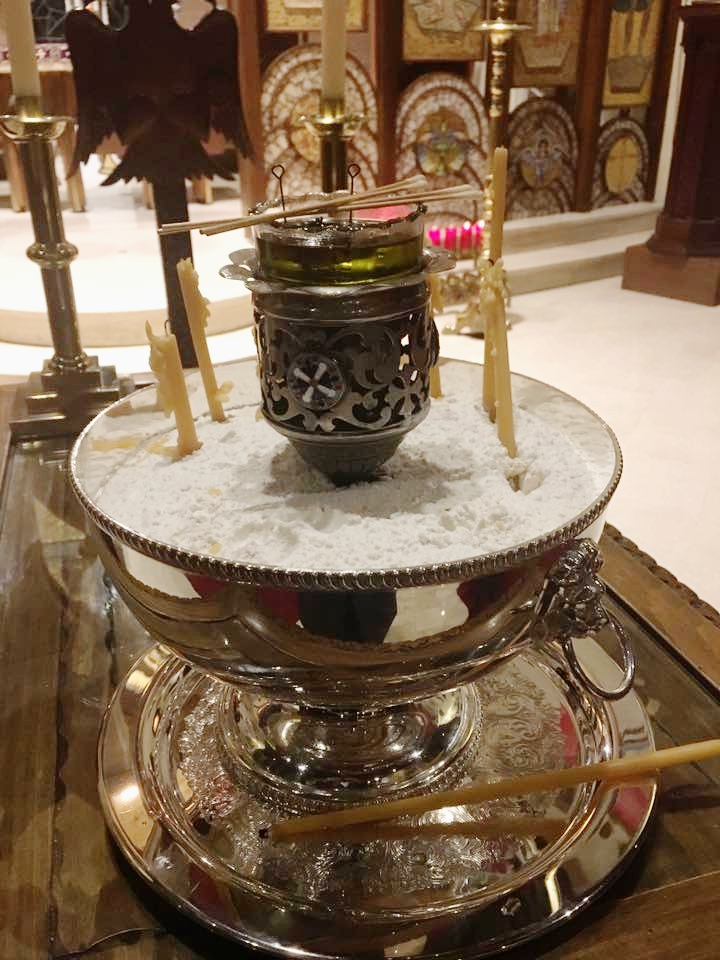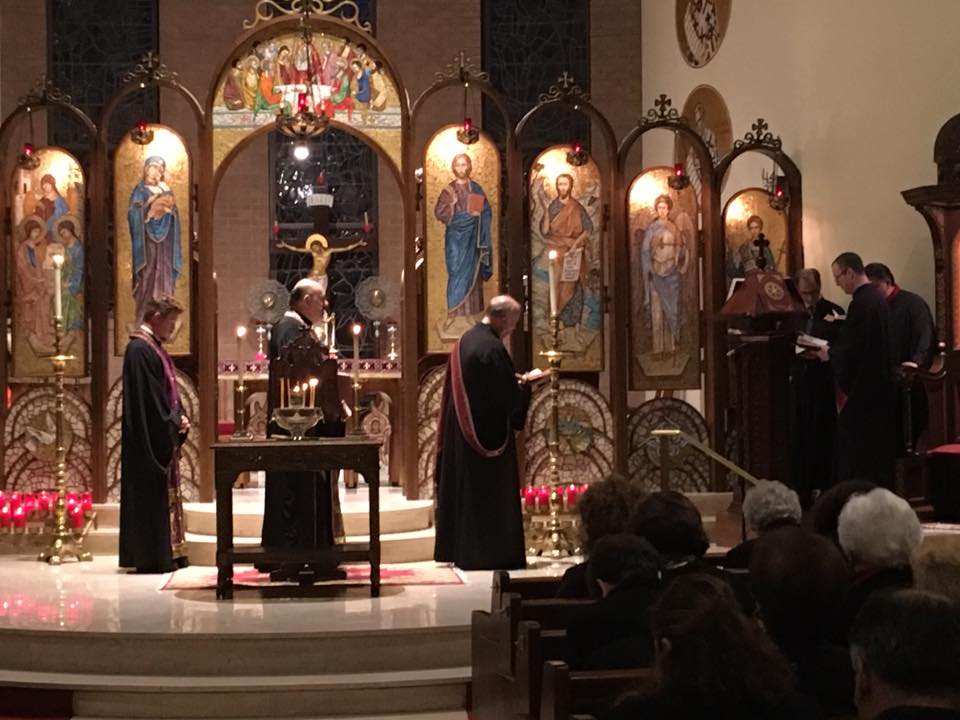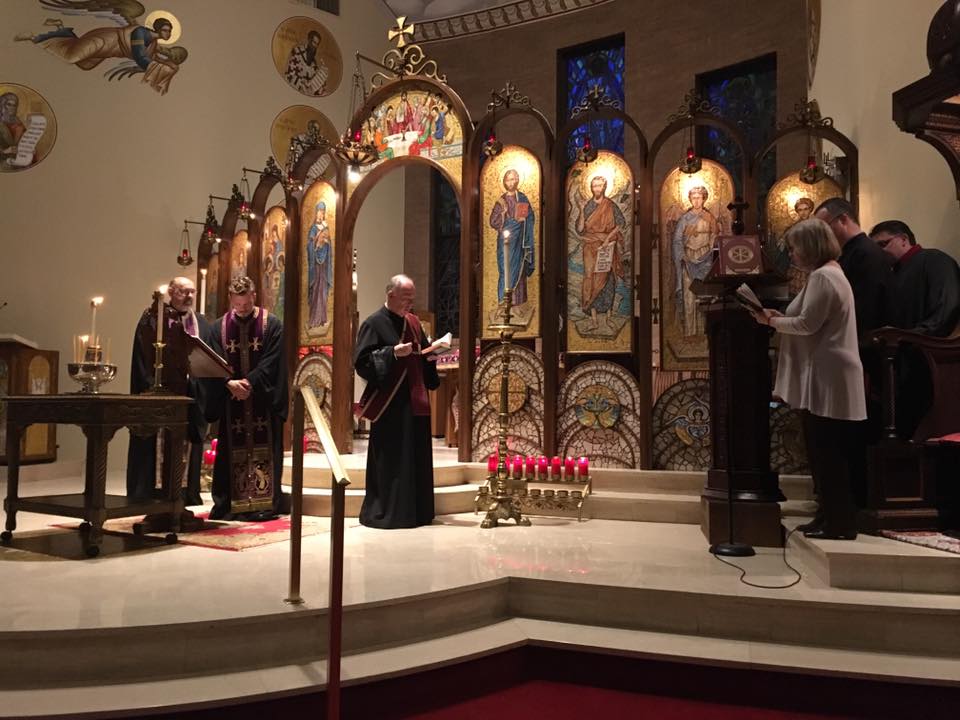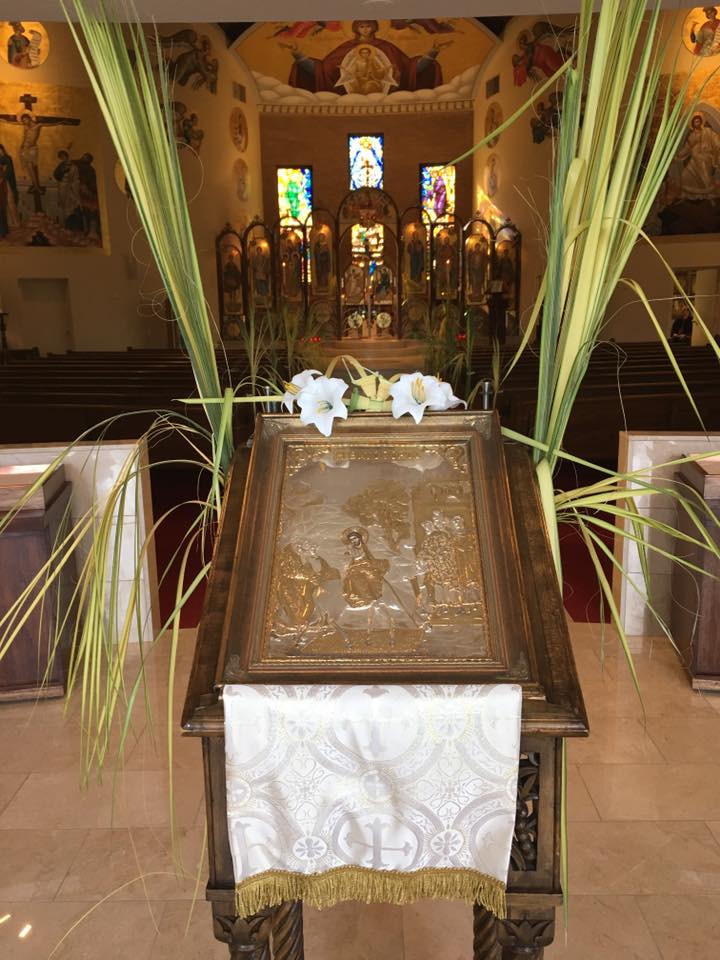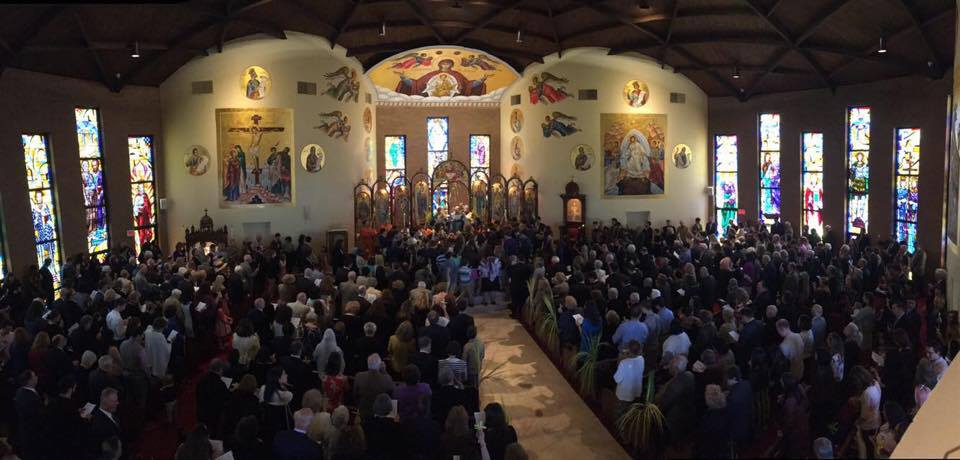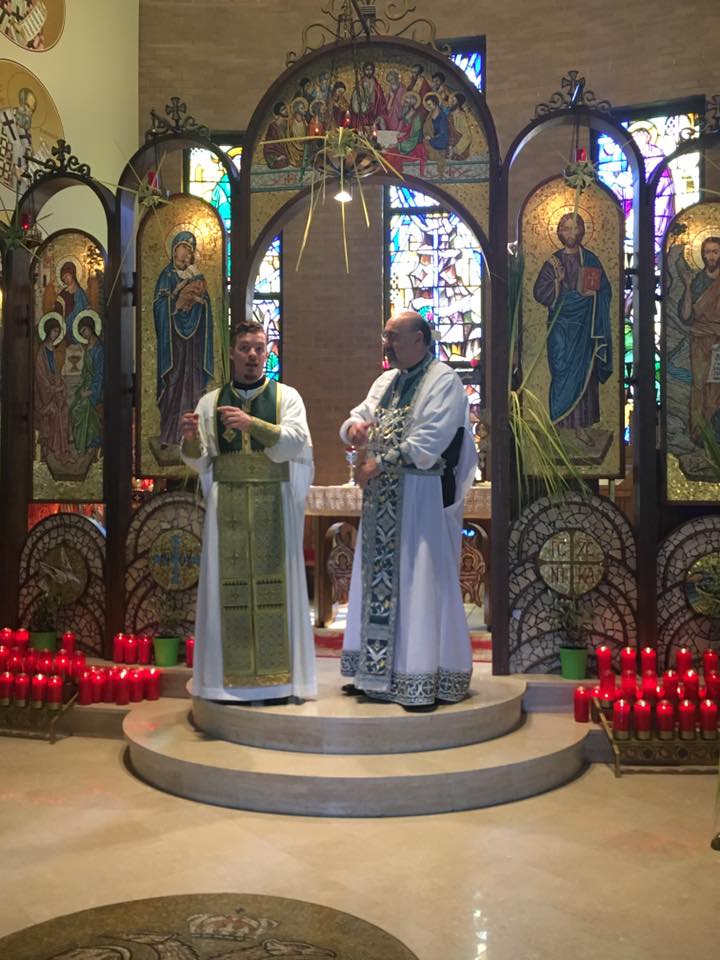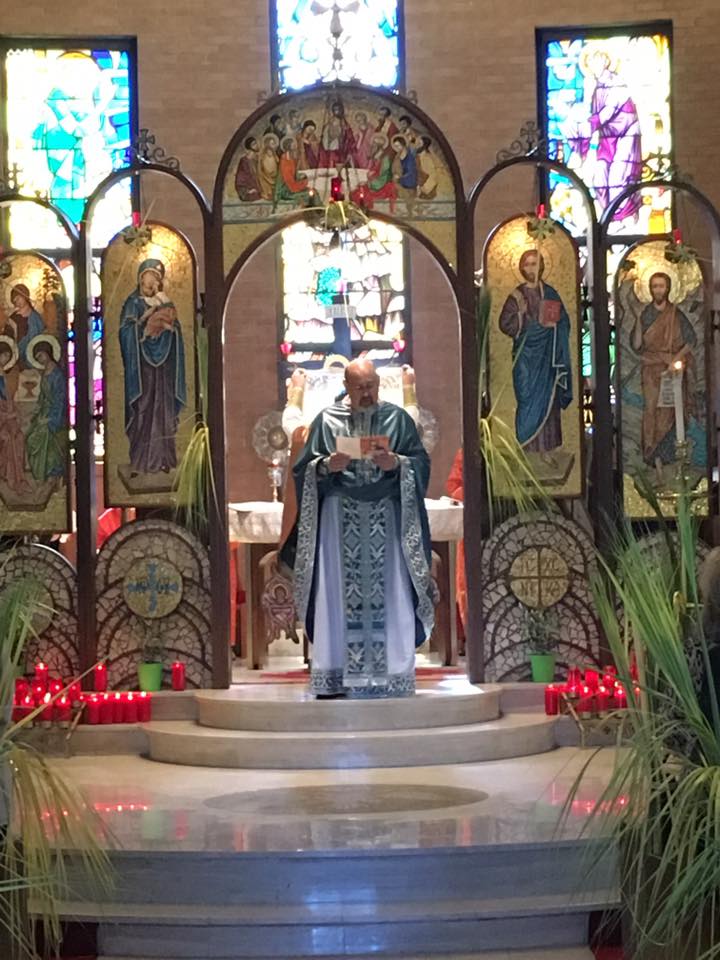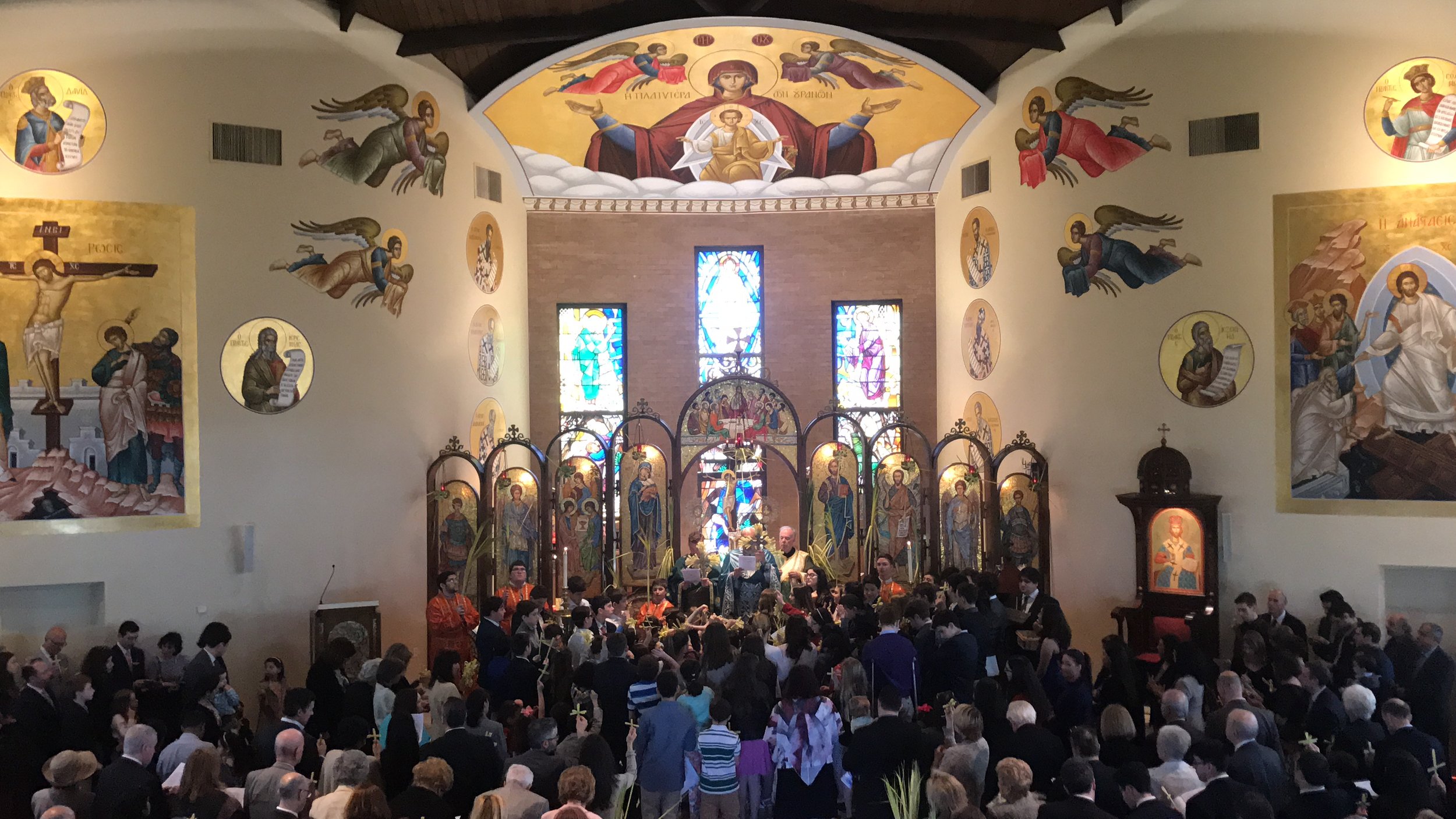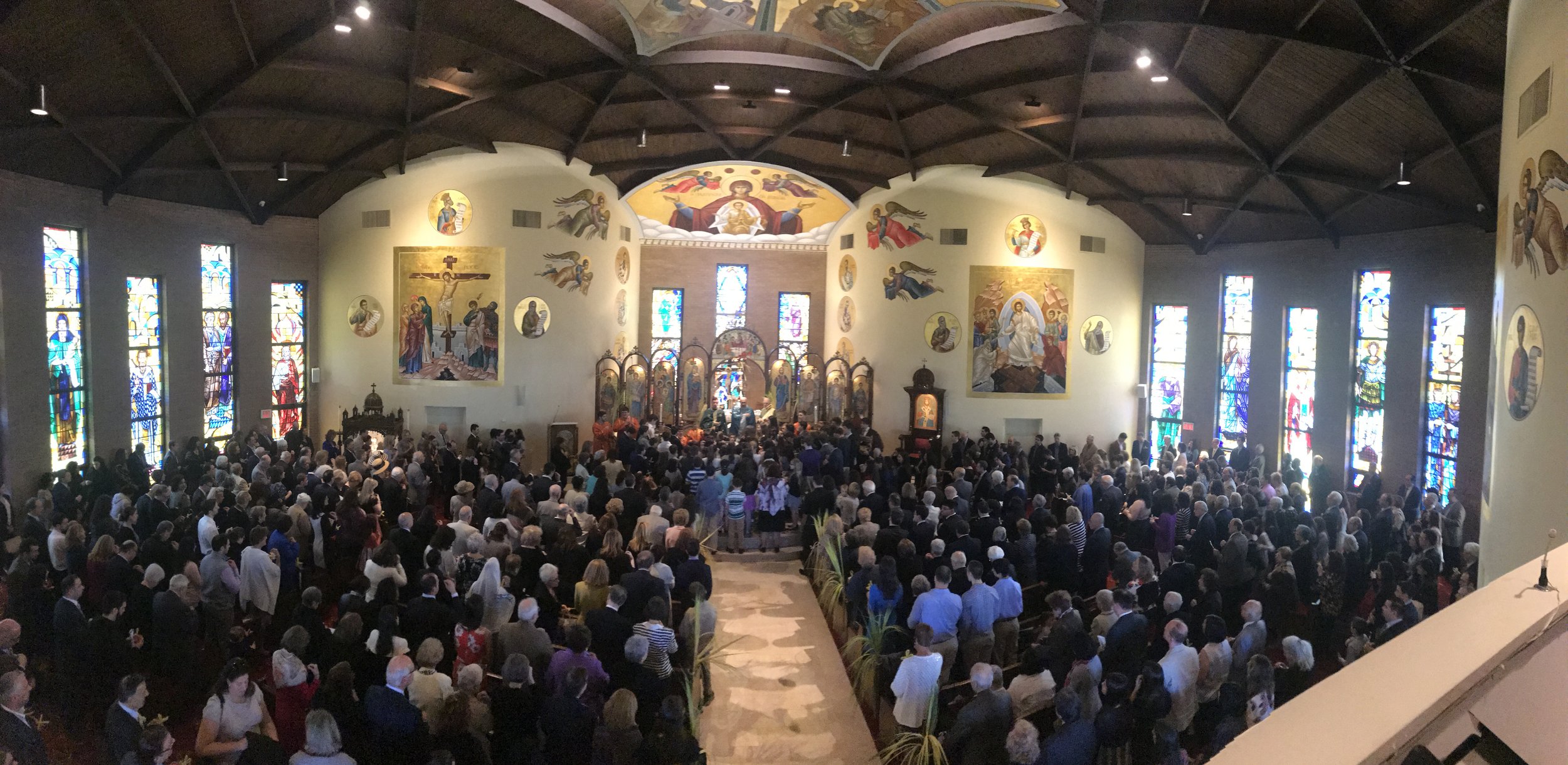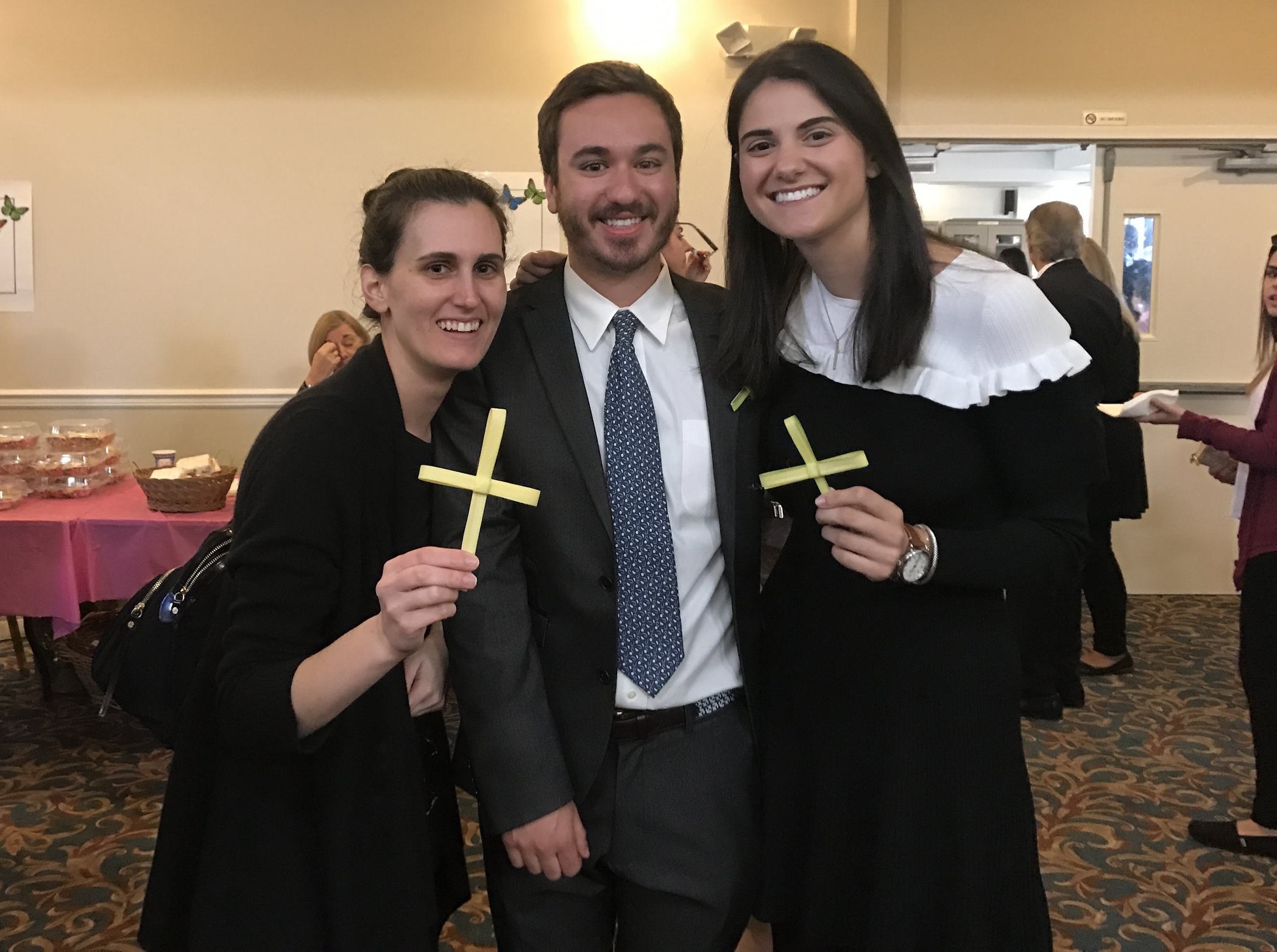Significance of this Service
Source: Goarch.org
"We worship Thy passion, O Christ..."
(The service of the HOLY PASSION of our Lord Jesus Christ. The service is Matins of Friday morning sung by anticipation, on Thursday evening.)
Good Friday celebrates the holy, saving, and awesome Passion of Christ. To take away our sins, Christ willingly endured spitting, scourging, buffeting, scorn, mocking, and purple robe; the reed, sponge, vinegar, nails, spear, and above all, the Cross and Death. The confession from the cross of the penitent thief, crucified with Christ, is celebrated. This service is long, but its content is dramatic and deeply moving for the devout Christian. Participation in the prayers and the historical sequence of the events, as related in the Gospels and hymns, provides a vivid foundation for the great events yet to come. Following are the references of the "Twelve Gospel" readings of this service
- St. John 13:31 thru Ch. 18:1
- St. John 18:1-29
- St. Matthew 26:57-75
- St. John 18:28 thru Ch. 19:16
- St. Matthew 27:3-32
- St. Mark 15:16-32
- St. Matthew 27:33-54
- St. Luke 23:32-49
- St. John 19:38-42
- St. Mark 15:43-47
- St. John 19:38-42
- St. Matthew 27:62-66
These readings relate the last instructions of Christ to His disciples, the prophecy of the drama of the Cross, the dramatic prayer of Christ and His new commandment. The day should be devoted to reading the "Gospel of the Testament" of Christ which He left for all men. The Church services during Holy Week re-enact the events of this Gospel.
After the reading of the fifth Gospel comes the procession with the Crucifix around the church, while the priest chants the 15th antiphon: "Today is hung upon the Tree, He Who did hang the land in the midst of the waters. A Crown of thorns crowns Him Who is King of Angels. He is wrapped about with the purple of mockery Who wrapped the Heavens with clouds. He received buffetings Who freed Adam in Jordan. He was transfixed with nails Who is the Bridegroom of the Church. He was pierced with a spear Who is the Son of the Virgin. We worship Thy Passion, O Christ. Show also unto us thy glorious Resurrection."
During the Procession, the faithful Christian kneels and prays for his spiritual welfare, imitating the thief on the Cross who confessed his faith and devotion to Christ. He then approaches and reverently kisses the Crucifix.



